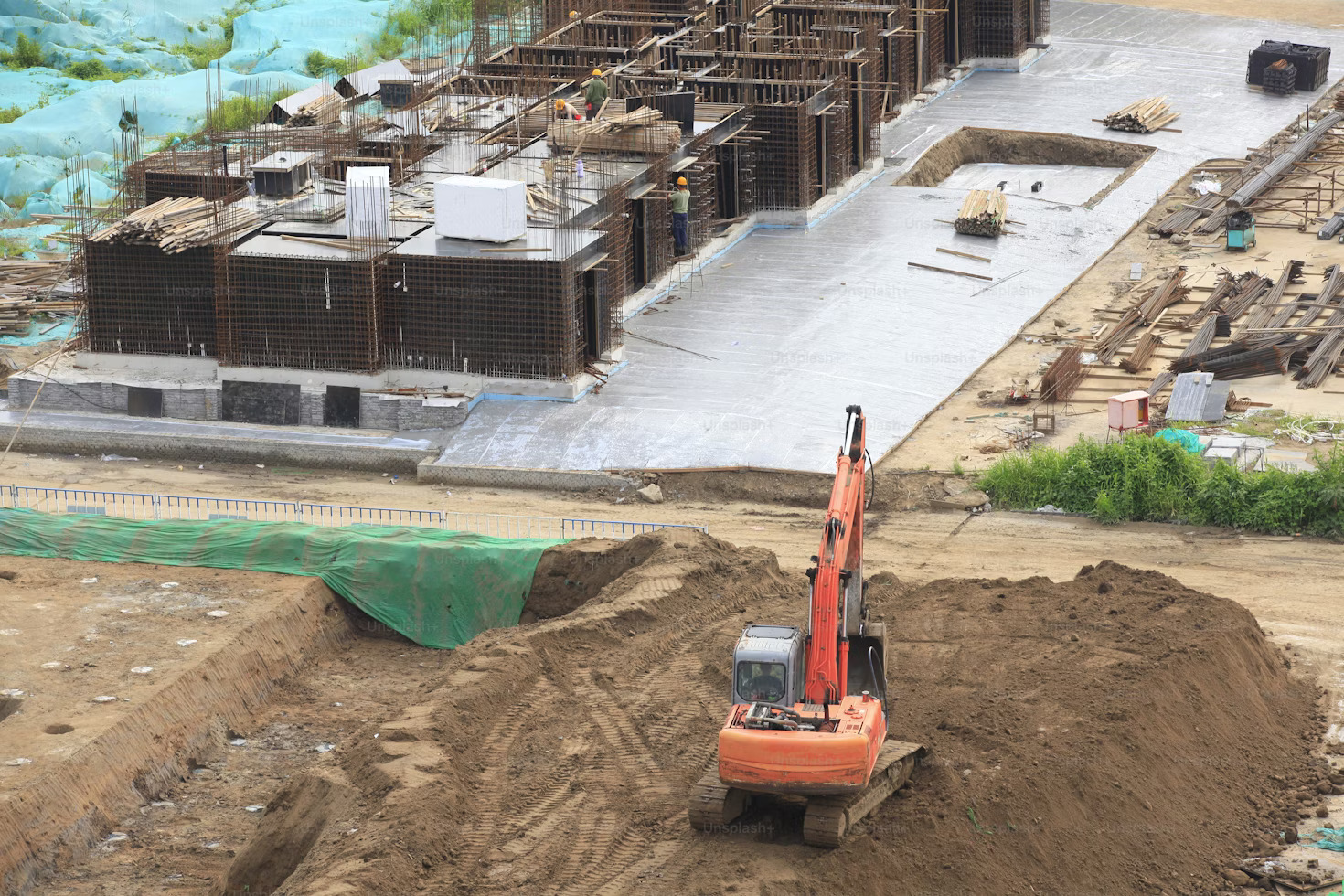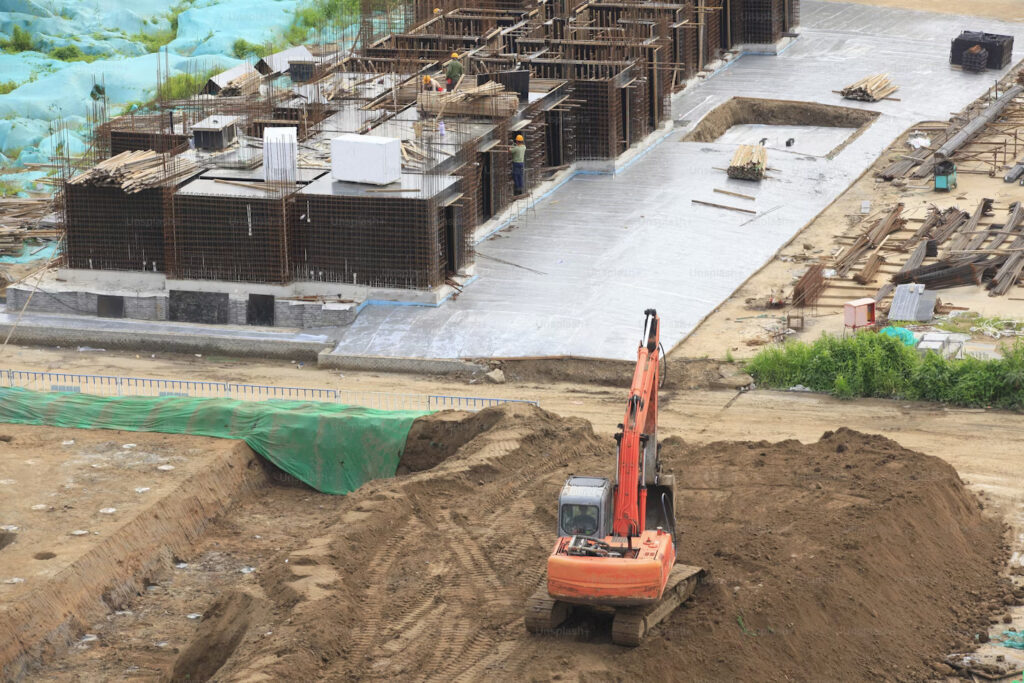Soil erosion is a common issue that arises on construction sites, especially during heavy rains or high winds. This natural process can lead to the loss of valuable topsoil, degradation of land, and even pose environmental hazards. One effective solution to prevent soil erosion on construction sites is the use of riprap. Riprap, also known as rock armor or rubble, consists of large stones or concrete blocks placed strategically to protect soil from the forces of erosion.
Importance of Riprap in Soil Erosion Prevention
Riprap plays a crucial role in preventing soil erosion on construction sites due to its ability to absorb the impact of water flow and reduce the velocity of runoff. By creating a barrier between the soil surface and erosive forces, riprap helps to stabilize the soil and prevent it from being washed away. Additionally, riprap can help to redirect water flow, reducing the risk of flooding and damage to nearby structures. The rough and irregular surface of riprap stones also promotes the growth of vegetation, further enhancing its erosion control capabilities.
Moreover, riprap is a cost-effective and low-maintenance solution for soil erosion prevention on construction sites. Once properly installed, riprap requires minimal upkeep and can provide long-term protection against erosion. Compared to other erosion control methods such as retaining walls or silt fences, riprap is relatively easy to install and can be customized to fit the specific needs of the site. Its durability and resistance to weathering make riprap a reliable option for construction projects in areas prone to soil erosion.
Effective Application of Riprap on Construction Sites
When applying riprap on construction sites to prevent soil erosion, it is essential to consider factors such as the slope of the land, water flow patterns, and the type of soil present. Proper placement of riprap is key to its effectiveness in erosion control. It is important to ensure that the stones are securely anchored and interlocked, forming a stable barrier against erosion. The size and shape of the riprap stones should be selected based on the site conditions and the expected erosive forces.
In addition to placement, maintenance of riprap is crucial to its long-term effectiveness in preventing soil erosion. Regular inspection of the riprap structure should be conducted to check for any signs of damage or displacement. Any damaged stones should be replaced promptly to maintain the integrity of the riprap system. Proper vegetation management around the riprap can also help to enhance its erosion control capabilities. By following best practices for the installation and maintenance of riprap, construction sites can effectively prevent soil erosion and protect the environment.
In conclusion, riprap is a valuable tool for preventing soil erosion on construction sites. Its ability to absorb the impact of water flow, reduce runoff velocity, and promote vegetation growth make it an effective and sustainable solution for erosion control. By applying riprap strategically and conducting regular maintenance, construction projects can mitigate the risks associated with soil erosion and protect the integrity of the land. Incorporating riprap into erosion control plans can help construction sites meet regulatory requirements and maintain a safe and sustainable environment for future development.






